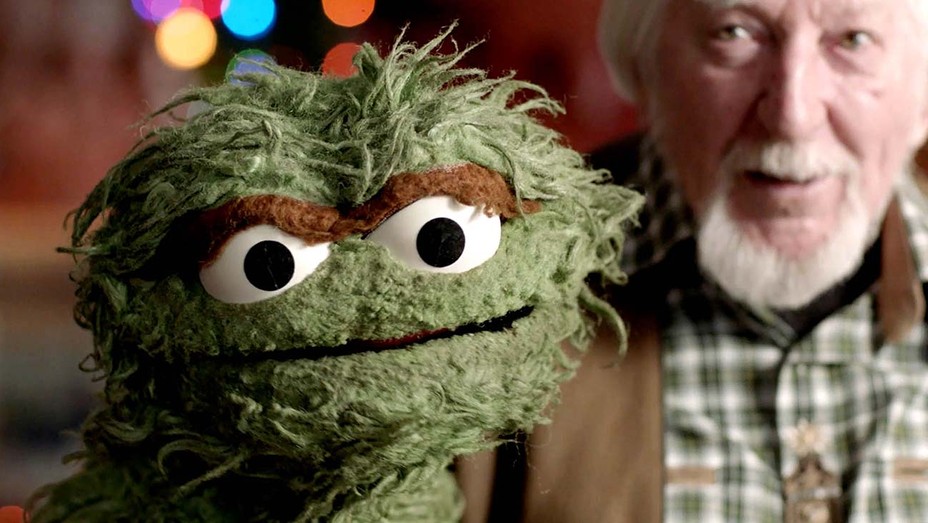
“There’s family, the church, and the school… and then there’s television.”
— Jim Henson
During the summer of 1969, the Harlem Cultural Festival took place with an audience of more than 300,000 predominantly Black residents from all over New York City. The footage, now featured in Summer of Soul, hasn’t been viewed for 50 years. It’s one more example of Black history that was forgotten by the corporate media engine when only white hands are at the wheel.
In November of that same year, just a few weeks later, Sesame Street debuted. This was the first time a major children’s television show was created for the explicit purpose of connecting to children living in the city—and specifically Black children. Remembering what had happened just a few years before Sesame Street aired gives a full context and weight to the show. Rev. Jesse Jackson was on Sesame Street leading children in declarations of self love and empowerment just a few years after he had been with Dr. Martin Luther King Jr.
It’s honestly kind of surprising this documentary hasn’t been made before. Following on the heels of the 2018 Mister Rogers documentary, Won’t You Be My Neighbor, you start to realize the focused energy that wise adults were throwing at the medium of television in the 60s and 70s for the specific purpose of telling children they were loved. If you loved Won’t You Be My Neighbor, this film should be at the top of your queue when it hits streaming services.
The creators of Sesame Street wanted something different and a way to capture the imagination of young children living on a busy, urban street. “For the three-year-old cooped up upstairs, the energy is on the street,” said John Stone. Stone was the Director and engine behind Sesame Street. He grew up during the Vietnam War, and his passion for justice and his intense integrity helped shape the backbone of the show. The show’s creator, Joan Cooney, believed that if you could read, you could control your future. Together with Lloyd Morriesett—a psychologist who was interested in the socioeconomic differences in early childhood development—they set out to use TV for the sole purpose of childhood development. Jim Henson was brought in at the very beginning, but he had been doing mostly adult humor for commercials and didn’t really have a desire to be a children’s entertainer. It was the radical commitment to equality and education for every child that captured Jim’s imagination. So they took Jim’s gift of quirky advertising and used it to sell the alphabet.
Initially, the diverse cast brought some objection in the southern states and they were refusing to air it. But the ratings were so good that the public stations had to pick it up because the commercial stations were paying to broadcast it. Children were begging for it and it was quickly on every PBS station in America.
I watched Sesame Street until I was 12. This is partly because I am the oldest of 6 kids, so there was always a little one who needed to be babysat so mom could teach a homeschool lesson to the others. Together, Sesame Street and I sat and entertained my younger siblings on an almost daily basis. And I genuinely enjoyed watching it. This was the true beauty of the show—it was intentionally made for adults as well as kids. The creators knew that kids learn more if they watch with a grownup.
Little did I know I was participating in a creative Kingdom rhythm as well. All those moments sitting and laughing with my younger siblings I was being shaped, comforted, and softened as I watched a young face in my lap light up and then turn to me with a genuine question about how the world worked. I was pulled back into childhood and given a daily glimpse of how to unlock the Kingdom of Heaven.
The magic of the Family Kingdom that Jesus is calling us into is one where the adults learn just as much from the kids. And fortunately, these moments of divine lightheartedness aren’t limited to the biological family unit. Just like the diverse, chosen family that came together on set at Sesame Street, the church can be a place where people with or without children can learn how to be children of God by following the little leaders who Jesus so gladly partnered with.

